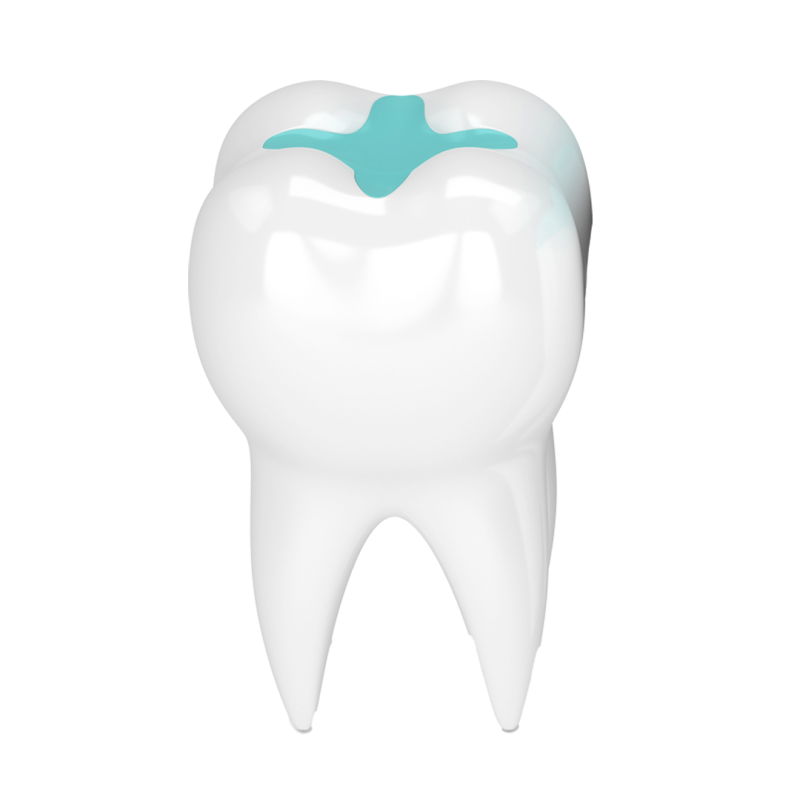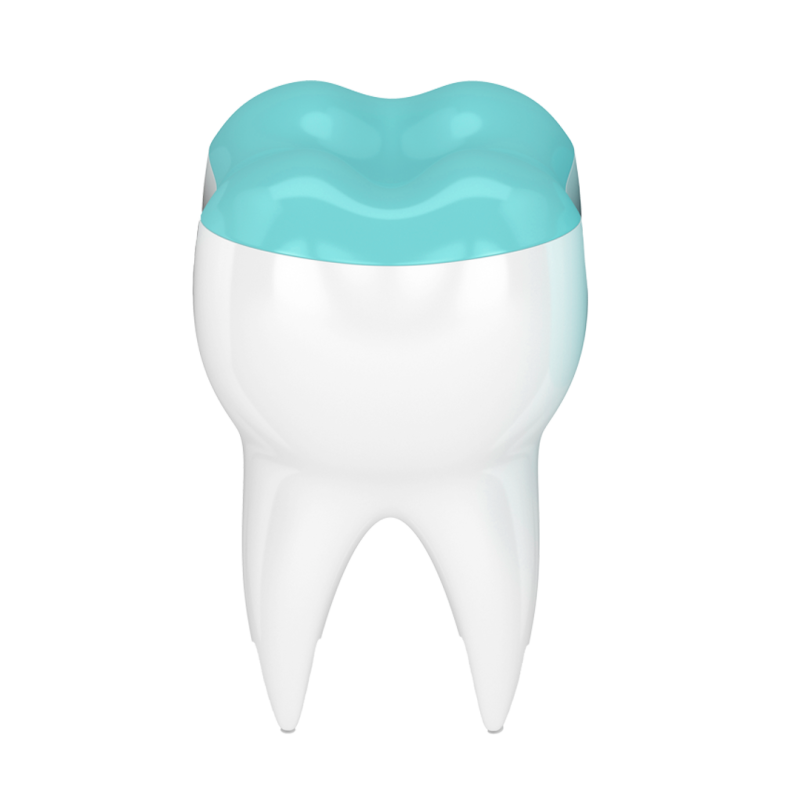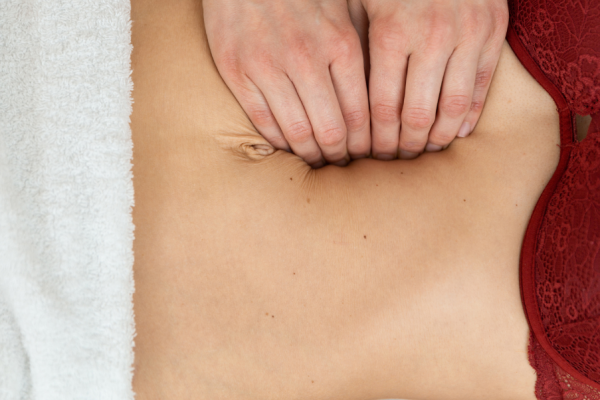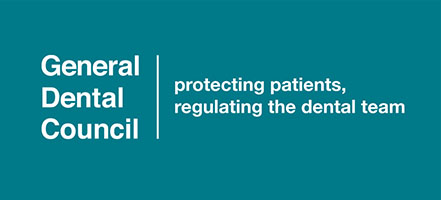
Dental Inlays and Onlays
Dental Inlays and Onlays – For replacing decayed or damaged teeth
Dental inlays and onlays are typically used for restoring decayed or damaged teeth.
If a tooth has a large cavity it may be advisable, especially for the back teeth, to have a dental inlay or onlay instead of building up the tooth with composite, which is achieved by building layers (known as a filling). Once a cavity has been drilled out, the space is filled with a single, solid piece of material.
Dental inlays and onlays are made in a top laboratory by one of our expert technicians. They can be made from different materials, such as ceramic, porcelain or gold.
______
Price: From £575 | Book A Consultation
What does the treatment involve?
The treatment usually takes place over two separate appointments.
During the first appointment, the tooth structure will be prepared. This will involve removing damaged or decayed tooth surface. You will be given some local anaesthetic to ensure you are comfortable during the procedure. We will then create a mould of your teeth using our 3D intra-oral scanner (yes that right – no need for nasty impressions!), discuss aesthetics (colour, shade & material etc) and begin creating your bespoke inlay or onlay.
Once your inlay/onlay has been crafted by our lab technicians, you’ll come back for your second appointment. This is where your permanent inlay/onlay will be fitted.
What’s the difference between dental inlays and onlays?
 Inlays
Inlays
Dental inlays are designed to fill a portion of the inside of the tooth when there is a large cavity. This is instead of using composite material to build up the area (known as a filling), for strength and durability purposes.
 Onlays
Onlays
Dental onlays are in many ways similar to dental inlays, except for the fact that they’re bigger and made differently. Onlays are designed to cover the entire ‘top’ of a tooth.
Dental onlays are your more major single-tooth restorations. These are reserved for larger areas of decay where a filling or inlay won’t work, due to the amount of tooth structure that must be removed.
Frequently Asked Questions
Will I require a temporary inlay/onlay?
Yes, you will be fitted with a temporary inlay/onlay for the interim between the two visits.
How long do inlays/onlays last for?
An Inlay can potentially last for decades if looked after correctly. It is important to keep up with regular dental health examinations and have a thorough oral hygiene regime at home to ensure the Inlay and remaining natural tooth is intact.
What's the difference between inlays and fillings?
Inlays are typically reserved for much larger cavities than fillings. Whilst they both involve removing the existing cavity with a drill and filling that empty space, with a filling; a composite material is used to fill the space, whereas with an inlay, the space is filled with a single, solid piece of material (such as gold or ceramic) that is made precisely to the shape and size of the empty space.
The upside to an inlay is that they do not contract to the same degree as a filling after being placed, so there is less chance of the restoration failing for that reason, or creating a gap between the filling and the surrounding tooth structure.
Inlays also create a tougher and theoretically more durable surface for use when chewing, and as such, an inlay is usually more reliable long term.
What's the difference between onlays and crowns?
Similar to a crown, the cavity is still drilled from the tooth, and an onlay is fabricated to the exact size and shape of the space, whereas a crown will cover the entire biting surface of the tooth, including the tooth structure above the gum line.
Compared to a crown, an onlay is a less aggressive restoration as less tooth structure needs to be removed in order to place the onlay.




 Inlays
Inlays Onlays
Onlays











